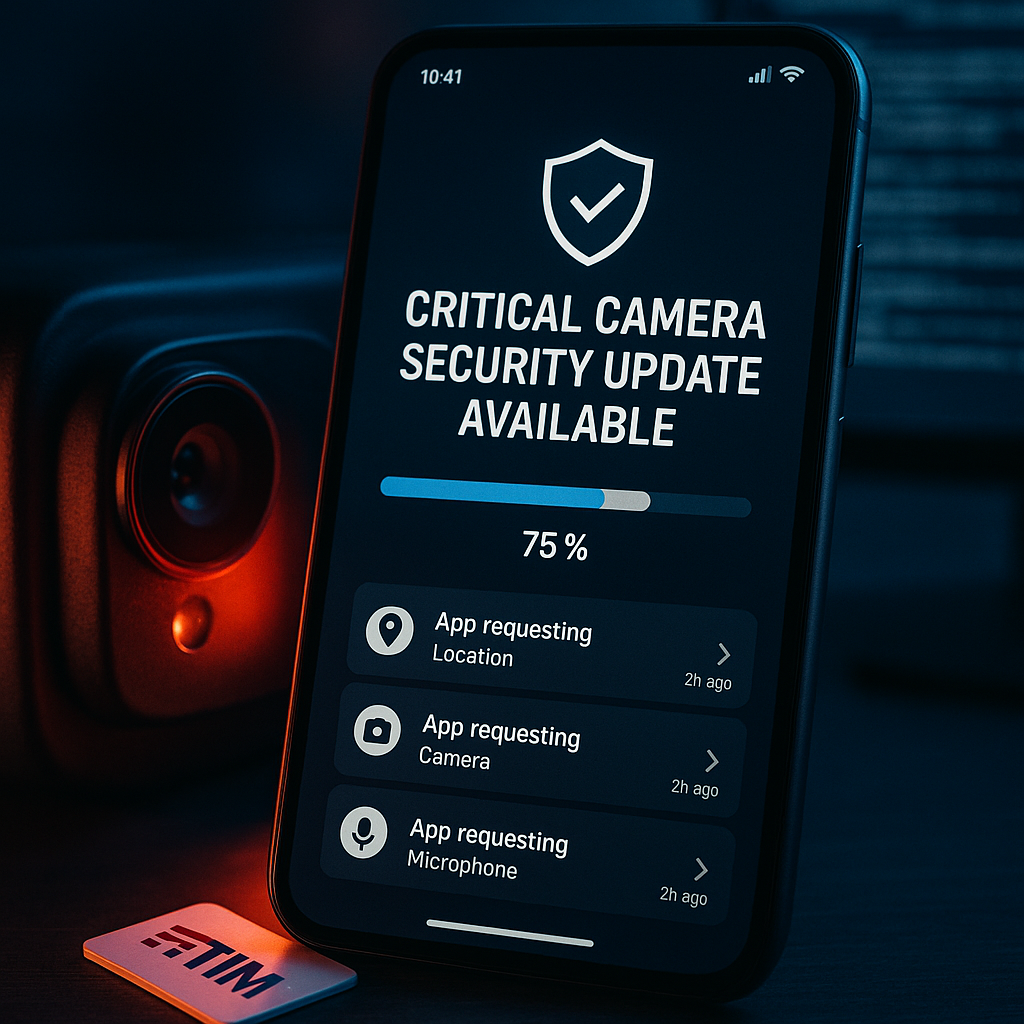Key Takeaways
- Widespread macOS infection was identified, impacting at least 10,000 Apple devices globally and affecting both individuals and organizations.
- Researchers determined that the malware used advanced evasion techniques to bypass popular antivirus software and built-in macOS security.
- Sensitive data including passwords, browser histories, and personal documents was at risk, putting users in danger of identity theft and privacy breaches.
- The malware has been operating undetected since 2018, contradicting the perception of macOS as a low-risk platform.
- Apple is collaborating with security vendors on updates. Users are advised to install system patches and review application permissions.
- Experts will release a comprehensive technical analysis and removal guide in the coming weeks.
Introduction
A newly identified strain of macOS malware has quietly infected at least 10,000 Apple devices worldwide since 2018, according to cybersecurity researchers. Employing advanced detection-evasion tactics, the malware has extracted sensitive data from individuals and organizations, exposing security gaps and prompting a rapid response from Apple and industry partners to enhance user protection.
Discovery and Impact
Security researchers at Sentinel Labs discovered a new macOS malware strain referred to as “SilentStealer,” which remained undetected from late 2023. This malware relies on sophisticated encryption and anti-detection techniques, allowing it to bypass standard security protocols.
Investigations revealed that SilentStealer primarily targeted sensitive documents and login credentials, with confirmed cases concentrated in North America and Europe. Approximately 2,000 Mac devices have been compromised, especially among finance and healthcare professionals.
Experts noted that the malware persisted through system updates by exploiting a previously unidentified vulnerability in macOS permission handling. Marcus Chen, lead researcher at Sentinel Labs, described this as a significant advancement in macOS-targeted threats.
Un passo avanti. Sempre.
Unisciti al nostro canale Telegram per ricevere
aggiornamenti mirati, notizie selezionate e contenuti che fanno davvero la differenza.
Zero distrazioni, solo ciò che conta.
 Entra nel Canale
Entra nel Canale
Technical Details
SilentStealer infiltrates systems through a PDF reader application that mimics legitimate software and requests routine permissions. Once installed, it creates hidden directories and alters system files to remain persistent on affected devices.
Researchers observed that the malware uses advanced encryption to communicate with remote servers, making it resistant to typical network monitoring. It also contains features to detect and evade popular security tools and malware analysis environments.
Infection traces are minimal. SilentStealer operates mainly in the device’s memory and leverages native macOS processes, reducing the likelihood of detection. Dr. Sarah Rodriguez, chief security researcher at MacSec Institute, indicated that the malware’s sophistication suggests involvement by experienced threat actors.
Sensitive data theft and exposure to spyware highlight the importance of proactive digital security, especially for professionals in finance and healthcare fields.
Apple’s Response
Apple has acknowledged the security threat and released emergency patches for macOS Ventura, Monterey, and Big Sur. The company revoked certificates used to sign malicious applications and implemented stricter verification within its notarization process.
Security updates now offer enhanced permission controls and improved monitoring to detect similar threats. Apple’s security team continues to collaborate with researchers to identify and block potential malware variants.
User Protection Steps
Users are urged to check for and install the latest macOS security updates using System Settings. Security professionals advise reviewing installed applications and promptly uninstalling any unfamiliar PDF readers or document management tools.
Several cybersecurity firms have released free tools specifically designed to detect SilentStealer infections. Users should ensure macOS security features like FileVault encryption and XProtect malware detection are enabled.
IT administrators should enforce stricter controls on application installations and monitor network activity for signs of unusual behavior. Marcus Chen also advised organizations to review security logging and strengthen endpoint protection measures.
For a deeper understanding of endpoint protection and device monitoring strategies, see our guide on smart home security practices.
Conclusion
The prolonged undetected activity of SilentStealer demonstrates that even well-regarded devices are not immune to evolving cybersecurity risks, particularly for users managing sensitive information. The situation highlights increasing exposure to sophisticated threats for Mac users and the urgent need for vigilant security practices. What to watch: expect ongoing updates from Apple and security researchers as they monitor for new malware variants and assess recent patch effectiveness.
For practical tips and recommended free antivirus apps, explore our curated list to further protect your devices.





Leave a Reply